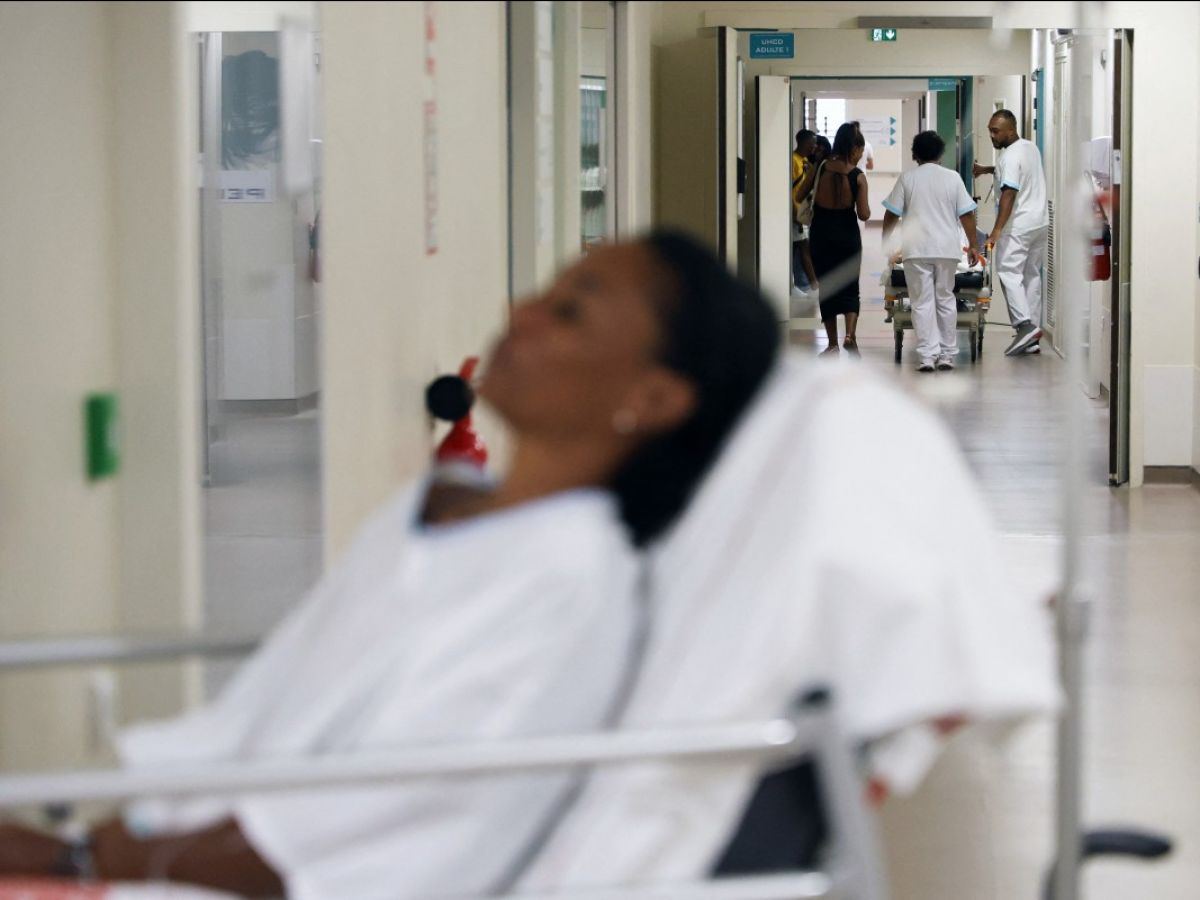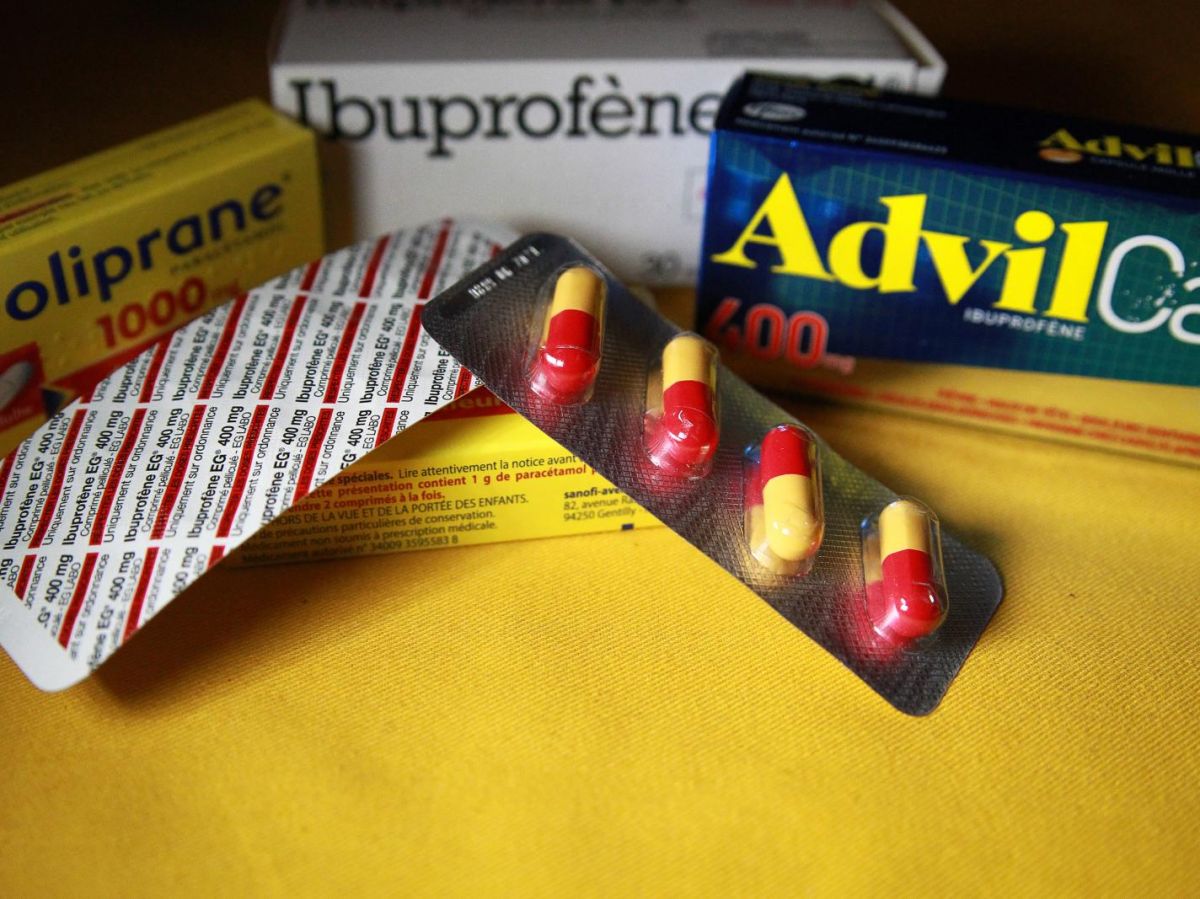Since the beginning of the year in Réunion, six deaths linked to chikungunya have been recorded, according to health authorities. While the epidemic on the island is beginning to decline, more than 100,000 people may have been infected. More than 33,000 cases have been confirmed since the beginning of the year. But the actual number is considered much higher, as many patients do not get tested. With 900,000 inhabitants on the Indian Ocean island, more than one in nine people has already been infected. Among them, 40% will develop a chronic form, according to the Pasteur Institute.
Chikungunya is characterized by a sudden onset of fever, often accompanied by severe joint pain. “These joint pains, which are often very disabling, usually last a few days, but can persist for weeks, months, or even years. Other possible symptoms include joint swelling, muscle pain, headache, nausea, fatigue, and skin rashes.”, recalls theWorld Health Organization (WHO).
Women more affected than men
If clinical signs persist for more than 3 months, the disease is considered chronic. The clinical signs then closely resemble rheumatoid arthritis, a chronic inflammatory joint disease that progresses in flare-ups. Here too, patients experience arthralgia, joint pain. This may be accompanied by inflammation and develop into arthritis. The joint may become hot, red, and swollen.
Read alsoIn Reunion, chikungunya strikes hard and fast
“ Several risk factors come into play: age, being over 40, being a woman, having had a severe clinical form during the peak with a lot of arthralgia or arthritis in the joints as well as a high viral load during infection." explains Professor Olivier Schwartz, who directs the Virus and Immunity unit of the Pasteur Institute.
As is often the case with autoimmune diseases, women are more affected than men. This is for both hormonal and genetic reasons. It is known that estrogens can play a facilitating role in the onset of these diseases. It is also known that certain innate immune receptors (the body's defense reactions to prevent the penetration of infectious agents, editor's note), like TLR7, which activate the immune system's inflammatory response, are more expressed in women. Some genes that control their expression are present on the X chromosome, and women have two copies, which increases the quantity of these receptors.“
Several treatments exist for chikungunya
Several treatments exist, such as Methotrexate, used in the treatment of certain cancers and autoimmune diseases, or anti-TNF drugs, also used for rheumatoid arthritis. At the same time, physiotherapy should help maintain mobility.
Read alsoDengue, Zika, chikungunya: towards an increase in cases in France
During the 2005 epidemic, no vaccine or specific treatment was available. This time, the Ixchiq vaccine from the pharmaceutical company Valneva has obtained marketing authorization in Europe. It is intended primarily for people over 65 and those with comorbidities, who are eligible for free vaccination. In total, 90,000 doses are to be allocated to the island, of which 40,000 have already been delivered. The vaccination campaign, launched on April 7, 2025, by Overseas Minister Manuel Valls, is getting off to a late start, however.
The epidemic having already progressed considerably, " the current vaccination campaign will not play the role of stopping transmission " but " will avoid serious cases", Patrick Mavingui, CNRS research director, told AFP. Before this epidemic, which began in August 2024 but exploded in 2025, no cases of chikungunya had been reported in Réunion since 2010.


